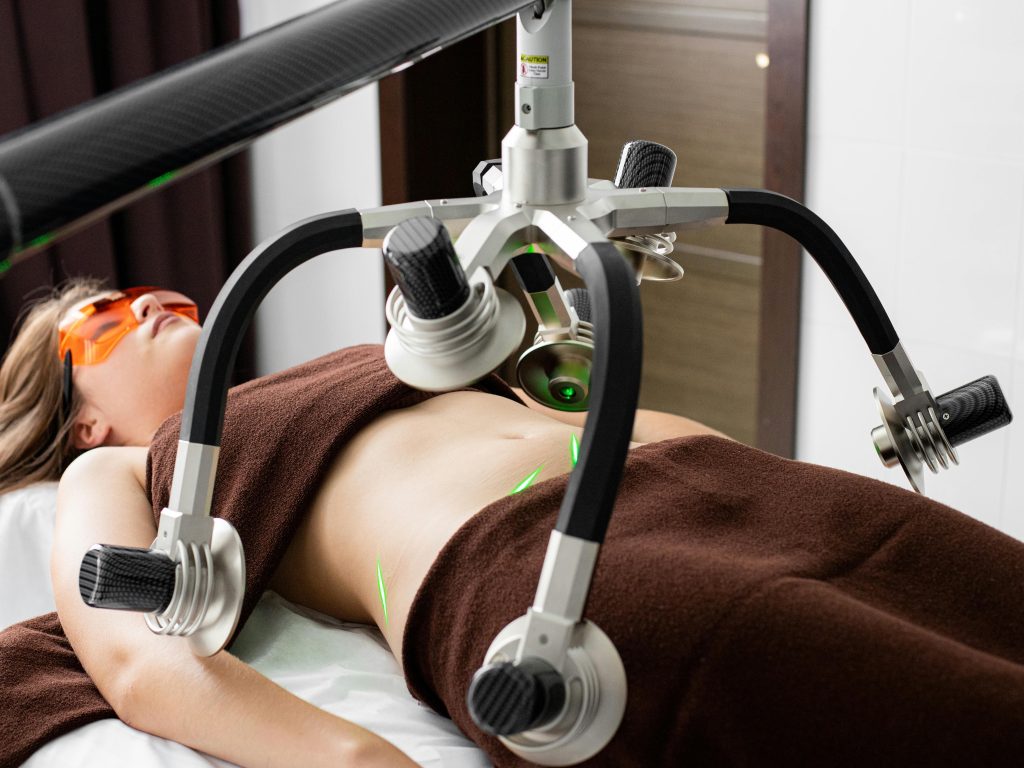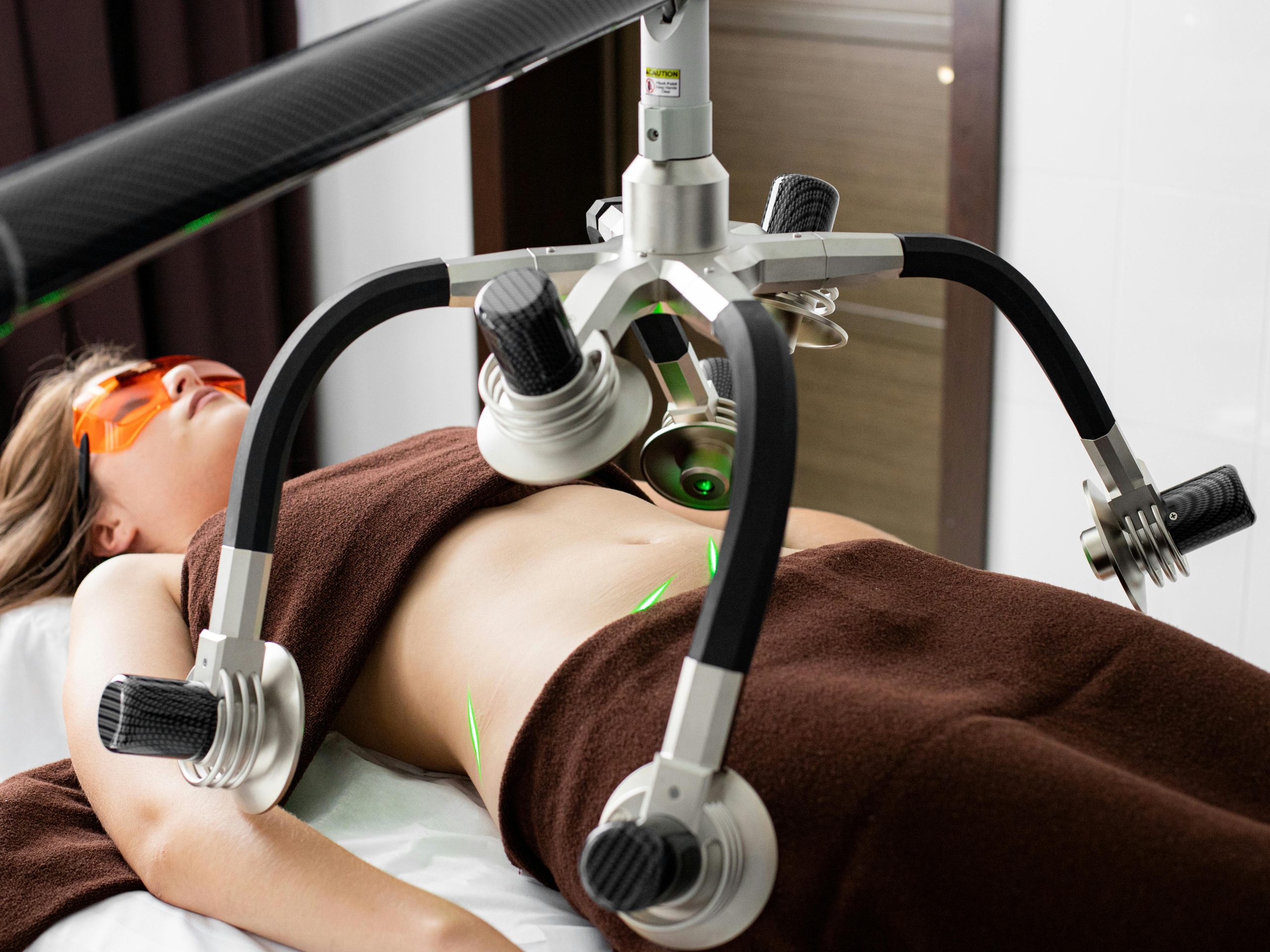The global market for noninvasive body contouring continues to expand, driven by patient demand for procedures that deliver visible results without surgery, pain, or recovery time. While cryolipolysis and radiofrequency systems have long dominated the space, a quieter technology is gaining new traction among clinicians: low-level laser therapy (LLLT).
Often referred to as “cold lasers,” these devices rely on non-thermal photobiomodulation rather than heat or suction to target fat cells. By stimulating temporary openings in adipocytes, they allow stored lipids to be released and metabolized through the body’s natural processes. The approach promises similar aesthetic benefits to fat-freezing or heat-based systems, without tissue trauma or downtime.
The Science Behind the Shift
Low-level laser therapy isn’t new; it has been studied for decades in contexts ranging from pain management to wound healing. Its recent application to fat reduction has reignited interest across medical technology circles. Multiple small-scale, peer-reviewed trials suggest that specific green-laser wavelengths (around 532 nm) can trigger lipolysis without causing cell death or inflammation.
Proponents say this method may represent a paradigm shift in aesthetic medicine, moving from cell destruction to cell modulation. Unlike devices that rely on cryogenic or radiofrequency injury to eliminate fat, photobiomodulation uses light to alter cellular signaling reversibly.
FDA Clearance and Clinical Context
Among developers working in this space, Erchonia Corporation has emerged as a consistent player in low-level laser research and regulatory advancement. The company has received more than 20 FDA clearances for laser-based technologies, including systems used for pain management, musculoskeletal rehabilitation, and body contouring.
Its most recent devices, such as the Emerald Laser, have gained FDA clearance for overall circumference reduction in patients with a body mass index (BMI) of up to 40, a higher threshold than many competing modalities. Earlier systems like Zerona and Verjú helped build foundational clinical data supporting laser-assisted fat loss.
What the Data Shows
In controlled clinical trials, participants treated with green-laser systems reported average total-circumference reductions between five and six inches across targeted regions following six sessions. No adverse effects or downtime were documented.
The current evidence base remains limited compared to cryolipolysis or radiofrequency studies, but available data suggest consistent, measurable changes in subcutaneous fat thickness. Independent validation and larger-scale, blinded comparisons will be key to determining how these lasers perform relative to more established approaches.
Practical Considerations for Providers
From a clinical operations standpoint, LLLT systems appeal to practitioners for several reasons:
- Workflow Efficiency: Many devices can operate with minimal technician intervention, allowing concurrent patient sessions.
- Safety Profile: The non-thermal nature of the light reduces the risk of burns, nerve injury, or uneven tissue response.
- Patient Experience: The treatment is painless and requires no anesthesia or recovery time, which can improve adherence and satisfaction.
Some clinicians remain cautious. Because LLLT works by shrinking — rather than destroying — fat cells, maintaining results may depend on patients’ post-treatment behaviors. Additionally, the reproducibility of outcomes across different demographics and metabolic profiles is not yet fully understood.
The Bigger Picture: Energy-Based Devices Evolve
Renewed attention to low-level lasers highlights a broader theme across the medical aesthetics sector: a move toward physiologic modulation rather than mechanical disruption. This mirrors trends seen in regenerative medicine, where the focus has shifted from excision or ablation to stimulation and optimization.
Clinicians exploring these tools often view them as complementary rather than competitive — another option for patients not suited for heat- or cold-based methods, or for practices seeking a gentler, repeatable procedure with a strong safety record.
Outlook
For now, LLLT-based fat reduction remains a niche but expanding segment of aesthetic medicine. If longer-term studies continue to validate its efficacy, low-level lasers could mark an important inflection point: transforming body contouring from a process of destruction into one of modulation.
As the demand for evidence-based, noninvasive treatments grows, technologies that bridge the gap between safety, science, and patient comfort are likely to shape the next generation of medical aesthetics — one wavelength at a time.













